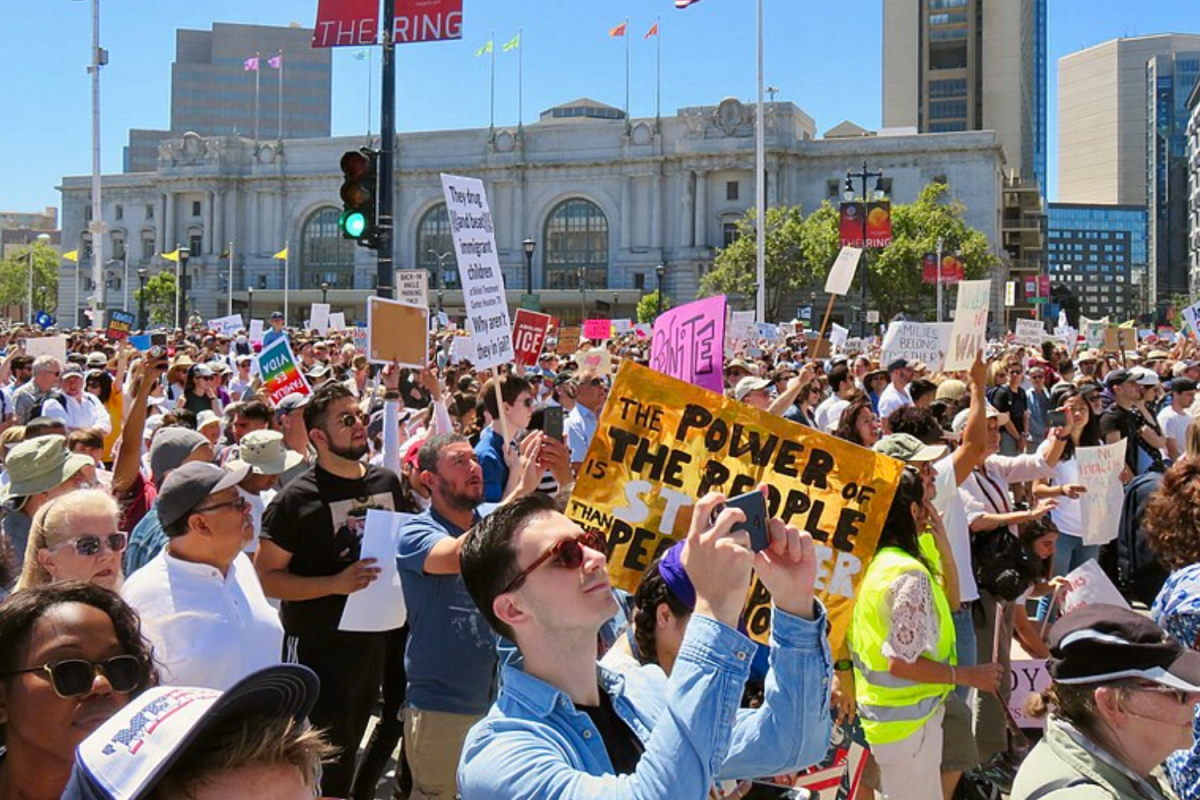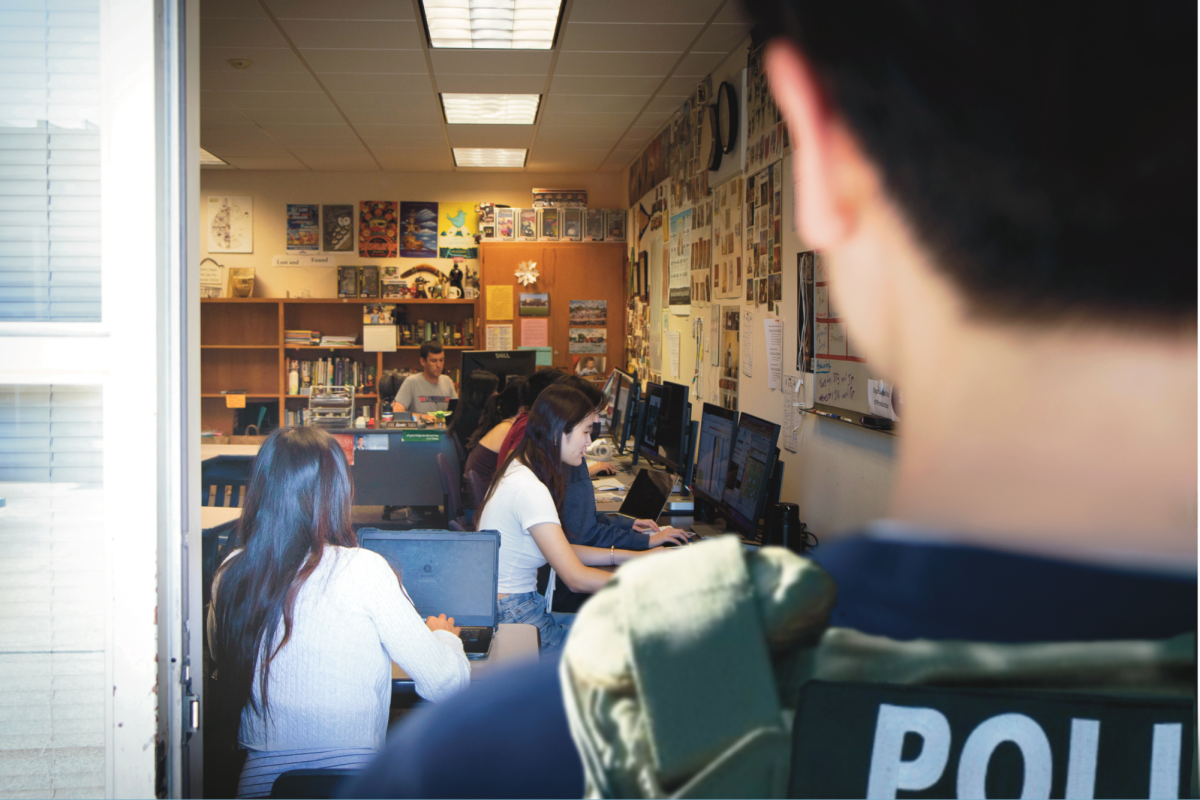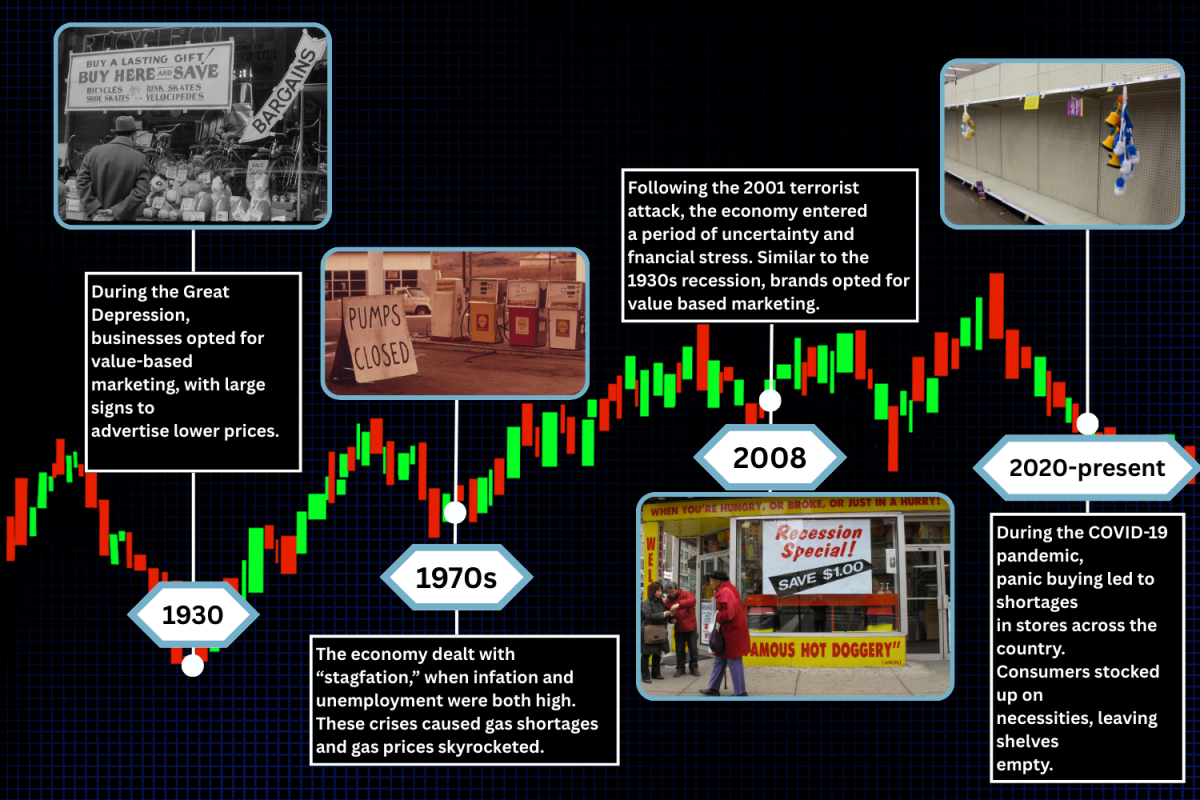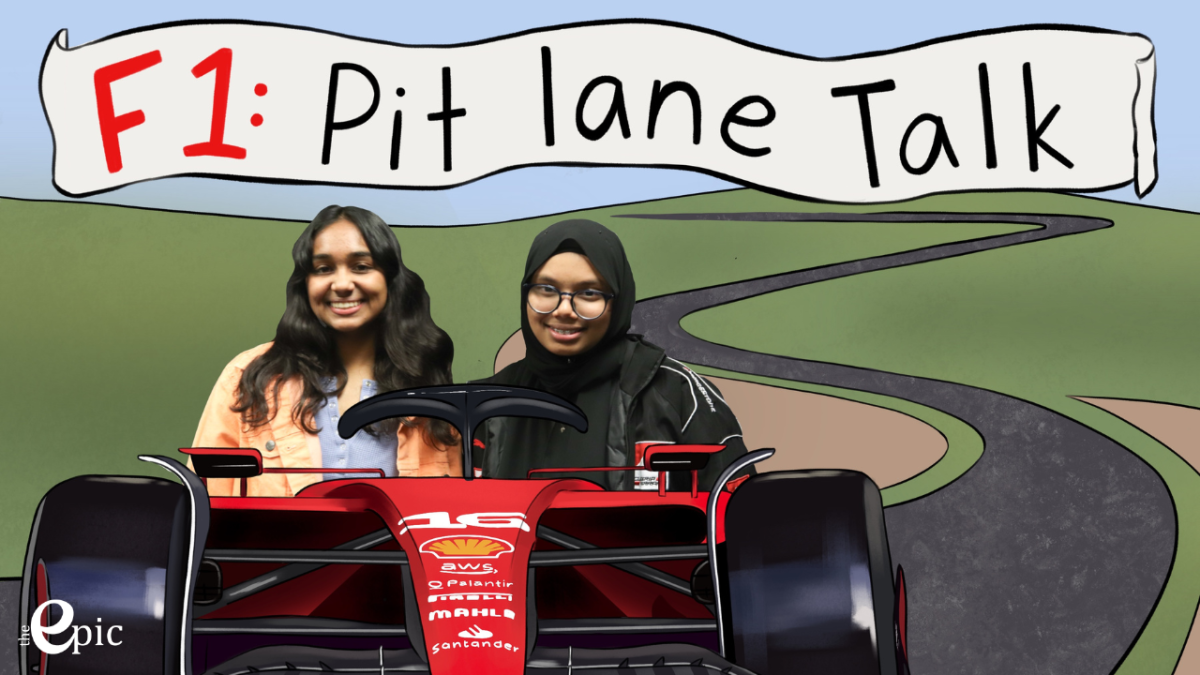Since the mid-1900s, space travel has advanced rapidly, with space tourism evolving into an industry of its own. As space tourism breaks new barriers, it has become apparent that major limitations exist: one being the high cost that limits accessibility to most consumers and the other being the environmental impacts of traveling to space.
Space tourism refers to travel into outer space solely for leisure. Traveling to space was once a feat accessible only to trained astronauts and scientists, but with technological advancements on the rise, traveling to space is becoming a venture that anyone can experience as long as they can afford the hefty ticket price. There are currently three categories of space tourism: suborbital space tourism reaches space but does not achieve a full orbit; orbital space tourism achieves at least one full orbit and lunar space tourism aims to reach the moon. Companies such as Blue Origin and Virgin Galactic are at the forefront of the industry, with SpaceX leading expeditions by accomplishing the first private orbital space flight in 2021 to chase dreams of space exploration.
However, aside from the hefty expense of a seat, space tourism also comes with another astronomical price tag: environmental sustainability. One of the most prominent ways rocket launches harm the environment is through carbon emissions. Rockets burning hydrogen and oxygen do not directly emit carbon dioxide, but other types release about 200 to 400 tons of carbon dioxide per launch. Although this is comparable to an intercontinental commercial flight, rockets only carry one percent of commercial flight passengers, making the carbon footprint larger for each passenger on a rocket.
“In our current capacity, touring space only lasts for a short period,” sophomore and Astrophysics Club Member Ian Chen said. “The recent Blue Origin flight had a total flight time of 11 to 12 minutes, and of that, only four minutes were spent in actual space. Weighing the carbon footprint of each passenger, it begs the question of whether or not space tourism is really worth releasing so many emissions at once into the environment.”
Beyond the concerns of atmospheric pollution, noise pollution and debris accumulation also pose environmental threats. The World Health Organization defines painful noise pollution as anything over 75 decibels; normal conversation averages 50-65 decibels. Prolonged exposure to sounds over 90 decibels can cause permanent hearing loss, and rocket launches generate extreme sounds up to 130 decibels, negatively impacting wildlife, disrupting animal behavior and interfering with communication and daily life for those living nearby.
For example, the Vandenberg Space Force Base is home to more than 100 rocket launches annually. Government research found that the noise from rocket launches at Vandenberg negatively affects aquatic species along the shorelines of the neighboring Northern Channel Islands, causing certain animals to move away from the source and interrupting resting and feeding. Aside from wildlife, humans can also be heavily affected by launches; prolonged exposure to loud environments may lead to hearing loss or tinnitus. Rocket launches create significant noise pollution, worsening the impact on their surrounding environment.
Each rocket launch also contributes to the accumulation of debris in space. Orbital debris poses great dangers not only to space flights but also to operational satellites and future spacecraft, as the likelihood of collision in space increases. Such collisions could cause injuries to passengers or disrupt essential services such as navigation issues if satellites go down. With 130 million tons of space junk currently in orbit, increased space tourism has the potential to exacerbate the existing problem by up to 50 times by 2100.
“The numbers took us by surprise,” said Hugh Lewis, a space debris expert from the University of Southampton in England in an interview with the New York Times. “There is genuine cause for alarm.”
Several private enterprises, each with distinct plans and ambitions for enabling human access to space, have championed the pursuit of space tourism while considering the environmental impact of such action. SpaceX, for instance, envisions the development of Starship, which will be a fully reusable rocket and burn liquid oxygen and methane, by the end of 2025. Blue Origin has emphasized its commitment to sustainability through the reusability of its New Shepard capsule — a system designed specifically for space tourism. It will not only reduce the cost of space access but also create a more environmentally-friendly model for future space travel. NASA is also very environmentally conscious: they work with nature agencies to evaluate the complete environmental impact of the rocket launch before its takeoff.
“All new rockets proposed to launch from Kennedy require significant environmental analysis prior to launch,” NASA’s Kennedy Space Center’s Spaceport Integration Environmental Planning Lead Don Dankert said in an interview with TIME. “Years of design, development and testing, including ground tests, simulations and flight tests, occur before a rocket is certified for launch operations.”
As the idea of space tourism gains traction, the excitement of travel may cloud concerns regarding sustainability. Nevertheless, plans are being made by leading companies to make the industry more environmentally friendly.
“The field is nearing a major shift, but unfortunately, it will likely come at the cost of our planet’s wellbeing,” senior and Aeronautics Club president Sia Gupta said. “It’ll be interesting to see how aspects like space law and regulations are made as world leaders begin territorially claiming space. Ultimately, I think space tourism is a toss-up. It’ll either be a revolutionary step to changing the world and building life in space, or it’ll leave the planet and most of its people behind.”







































































